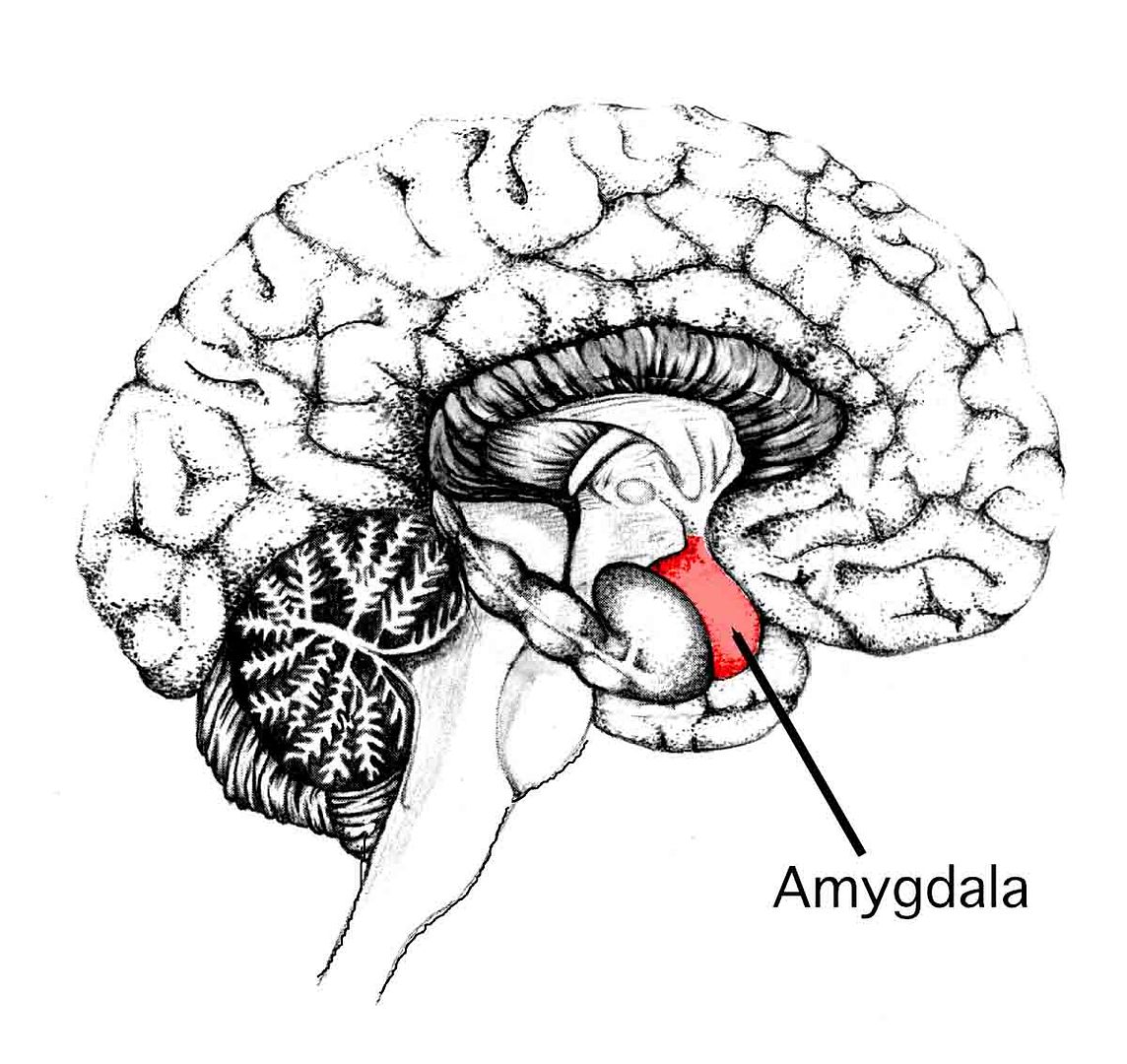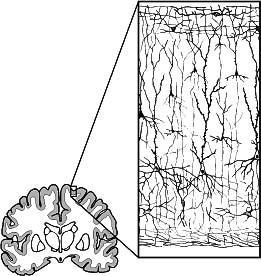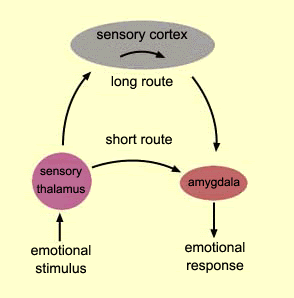At the core, we do have two minds in one brain; the emotional one (Amygdala) and its thinking counterpart (Neocortex).
The Amygdala is an almond shaped structure hence concurrently it being coined after the Latin word for ‘Almond’ and has the role of producing the emotional impulses that we experience every moment.

The Neocortex (picture below) instead is the highest layer in our brain where the functions of higher level thinking and reasoning resides.
Here’s an interesting architecture of the neocortex by medterms.com
Neocortex: The newer portion of the cerebral cortex that serves as the center of higher mental functions for humans. The neocortex contains some 100 billion cells, each with 1,000 to 10,000 synapses (connections), and has roughly 100 million meters of wiring, all packed into a structure the size and thickness of a formal dinner napkin. The cells in the neocortex are arranged in six layers, within which different regions permit vision, hearing, touch, the sense of balance, movement, emotional responses and every other feat of cognition.
(It’s an electronic engineer’s dream to pack in so much wire in such a small mass. Heh)

Below is an illustration of what happens when we get a sensory stimuli; it first goes to the Thalamus that acts as a signal converter that modulates sensory signals to something the brain could process. Then it splits to two routes.

The long route (90% of the signal) is through the Neocortex first where the signal is processed and a stimulus of an appropriate reaction to the signal is then sent out to the Amygdala.
Yet, there’s a shorter (10% of the signal) but cruder route like some back alley where a small portion of the signal is sent straight into the Amygdala without any form of logical processing.
The crux is this. The more refined longer route has a longer processing cycle but the shorter route is comparitively shorter but information being fed through this route is just a small portion of the whole story.
There’s a true case where a child Mary was scurrying in the middle of the night with the intentions of gamely surprising her parents. The father, who heard the noise downstairs, awoken and took a gun in fear that there maybe an intruder below. Mary crept into the parents bedroom and as she jumped into the father’s line of sight, the shocked father shot her dead center at her neck. The child died a few moments later.
Hence an example of the folly of the ‘shorter route’ instantaneous defense mechanisms we have and the implications that an emotional hijacking could occur.

6 Eye Balls:
nice post! are you by any chance studying psychology or a related field? i am, so i'm curious.
wow, it's inspiring to hear that you're getting a dip. in psychology, all the best man!
i'm actually an electronics engineering student... am just interested in what makes us humans tick. hehe
thank you, and the best of luck and success to you, too! i'm impressed that you're looking into these neurophysiological and neuropsychological things.
testing testing
hahaha..maximum packing eh..? so many wires in so small space..hohoho..high surface area! ROFL...
engineering talk..AHHAHA
interesting read nevertheless..
hahahahaha, justin justin... you speaketh the sacred words of engineering!!
shhh, cannot share with other ppl this super power :p
Post a Comment